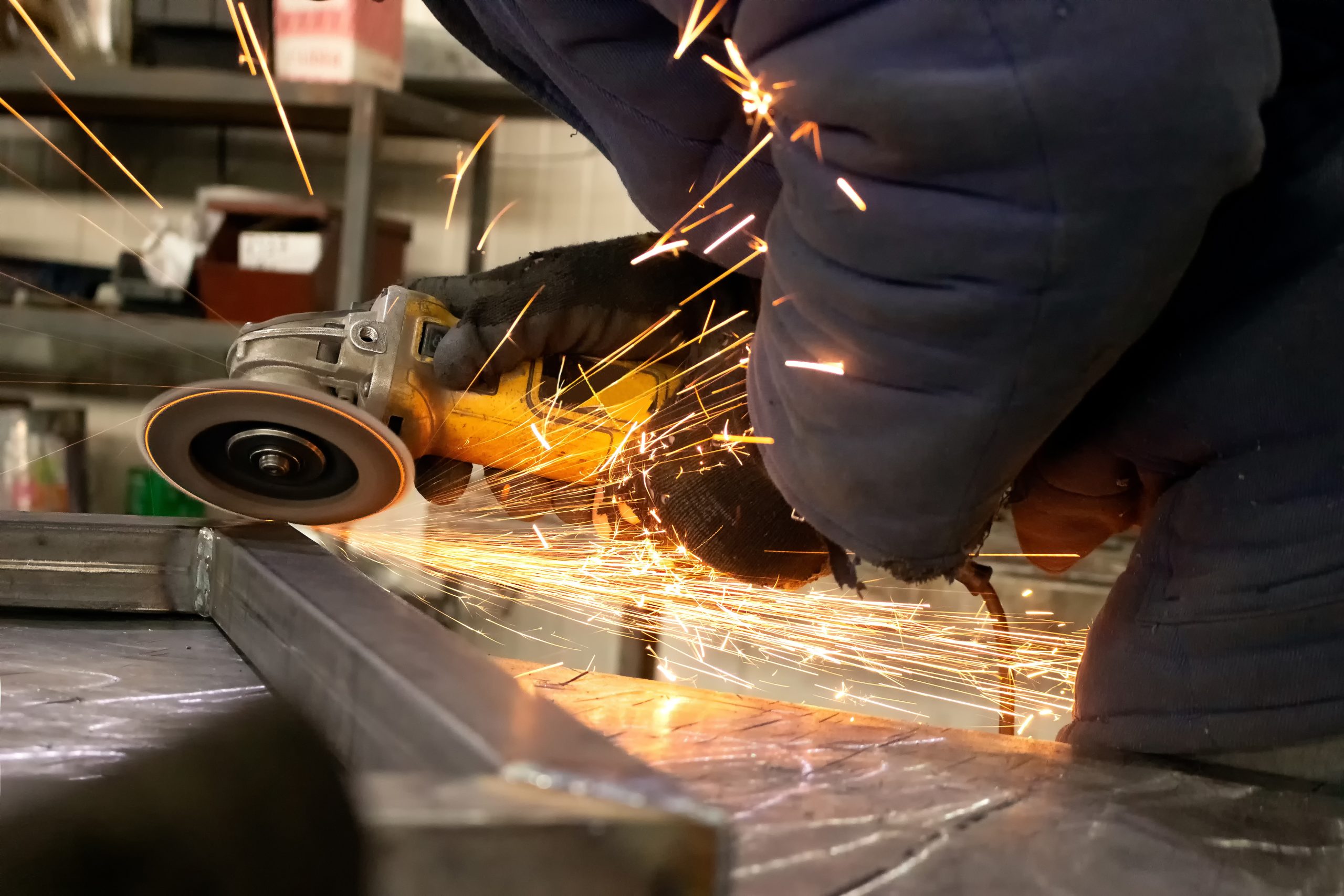Automation and robotics are terms that play an increasingly significant role in industries, including welding services. In this article, we will discuss the importance of automation and robotics in the welding industry, the difference between these concepts, the advantages of their application, and examples of their use in the medical industry.
Automation vs. Robotics in welding
Automation
Automation involves the introduction of systems and devices that allow for the automatic execution of tasks or processes. In welding, automation can include the use of advanced equipment to control the welding process, such as computers, sensors, and control programs. Automation can also be used for material and part handling within the workshop.
Robotics
Robotics is a more advanced form of automation that involves the use of industrial robots to perform tasks. In welding, industrial robots are programmed to perform welding operations with minimal human intervention. Robotics can be more versatile and flexible than traditional automation.

Advantages of automation and robotics in welding services
Efficiency and precision
Automation and robotics enable welding to be performed with exceptional precision and repeatability, resulting in higher quality and production efficiency.
Enhanced workers’ safety
Industrial robots can perform tasks in hazardous environments or conditions involving high temperatures or toxic gases, increasing worker safety.
Flexibility
Automation and robotics allow for easy adaptation to different tasks and projects, enhancing production flexibility.
Cost reduction
While the initial investments in robotics may be high, in the long term, automation and robotics can lead to significant production cost reduction, especially in terms of material and energy consumption.
Examples of applications in the medical industry
Medical device manufacturing
In the medical industry, industrial robots are often used for the precise welding of components for medical devices, such as surgical tables, X-ray machines, or diagnostic equipment.
Welding thin sheets
In the production of thin metal sheets, automation and robotics enable low-heat welding, which is essential for manufacturing temperature-sensitive medical components.
Prosthetic production
The manufacturing of orthopedic prostheses requires precise welding and customization to meet individual patient needs, tasks that industrial robots excel in.
Automation and robotics in the welding services offer numerous benefits, including increased efficiency, improved quality and safety, and reduced production costs. In the medical industry, where precision and quality are paramount, these technologies are playing an increasingly important role. Investments in automation and robotics bring long-term advantages, benefiting both the industry and patients using medical products. It is essential to pay attention to evolving possibilities and trends in automation and robotics to maintain competitiveness and refine production processes.




